Alzheimer’s disease and related dementias are among the world’s foremost health and economic challenges, impacting over 55 million people worldwide and costing more than 1.3 trillion U.S. dollars in 2019 alone. With no imminent cure, there is an urgent need for interventions that reduce dementia risk in healthy older adults.
Physical exercise is one of the greatest modifiable risk factors for dementia. Yet, exercise prescriptions for brain health in older adults are lacking. Unfortunately, the consequences of this are twofold. First, people may undervalue the clinical utility of exercise for dementia prevention, and second, it poses a barrier to the recommendation of exercise for healthy aging in primary care settings. Our graphical review, published in Exercise, Sport, and Movement, attempts to remedy this by providing evidence-based exercise prescription principles for dementia prevention as a starting point to help guide clinical practice and research.
Building on current scientific evidence, we reviewed the state of knowledge concerning brain-level changes that occur with aging. We included details on why memory is impacted in healthy aging and how these changes progress toward dementia. To help readers understand how exercise promotes the brain’s health, we described pertinent physiological mechanisms through which exercise impacts the brain to support memory. Ultimately, we synthesized this fundamental knowledge into practical exercise prescription principles to help individuals and practitioners formulate evidence-informed exercise programs to support brain health.
A notable strength was our use of the FITT framework — which details the frequency, intensity, time and type of exercise — thus providing the necessary components for formulating effective exercise prescriptions. We highlighted the similarities and differences in the suggested exercises for brain health versus those recommended by ACSM for cardiorespiratory, musculoskeletal and neuromotor fitness. Respecting the reality that one size does not fit all, we offer a flexible formula for creating exercise prescriptions that can be adapted to fit everyone’s unique needs.
That said, the evidence suggests that certain types and intensities of exercise should be incorporated into every exercise prescription for brain health. Specifically, exercise “type” should include aerobic (walking, cycling, swimming, etc.), resistance (free weights, resistance bands, yoga, Tai Chi, etc.) or a blend of both types of exercise. Exercise “intensity” should include moderate to vigorous activities relative to the individual’s baseline cardiorespiratory fitness capabilities. In contrast, exercise “frequency” and “time” (duration) permit more freedom. Instead of setting a rigid threshold, the emphasis is on some physical activity is better than no physical activity (i.e., being sedentary), with the understanding that brain health is best supported by consistent engagement in regular exercise.
As a starting point, we encourage practitioners to download the final figure of our graphical review, Figure 4, to initiate conversations about exercise with their clients. Practitioners are also encouraged to use behavioral change techniques like brief action planning and SMART goal setting to help their clients create and commit to an exercise plan that is feasible for them. For practitioners with limited experience with exercise prescription, a referral to an ACSM Certified Clinical Exercise Physiologist® can ensure each patient receives the appropriate guidance.
With the growing aging population and the rising prevalence of dementia, it has never been more important to optimize exercise programming for better brain health. We hope these principles for prescribing exercise for brain health will help stave off cognitive decline one step at a time.

Jennifer Heisz, PhD, is an associate professor in kinesiology at McMaster University, director of the NeuroFit lab, and author of Move the Body, Heal the Mind. She is the interim editor-in-chief for ACSM’s premier open-access journal, Exercise, Sport, and Movement. Her research examines how physical activity promotes brain function, mental health and cognition in young adults, older adults and individuals with Alzheimer’s disease.

Emma Waddington, MSc, is a McMaster University alumna and member of the NeuroFit lab. Her work examines the impact of orienteering training on cognitive function and has been featured in The New York Times, NBC and others.
Viewpoints presented in ACSM Bulletin commentaries reflect opinions of the authors and do not necessarily represent positions or policies of ACSM. Active Voice authors who have received financial or other considerations from a commercial entity associated with their topic must disclose such relationships at the time they accept an invitation to write for the ACSM Bulletin.




